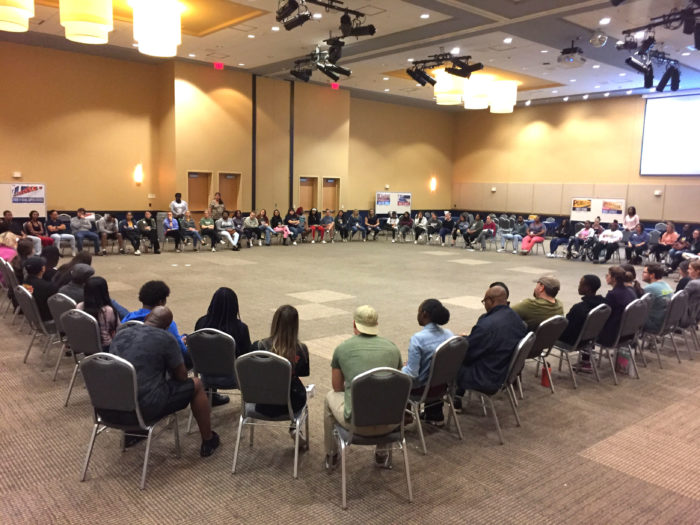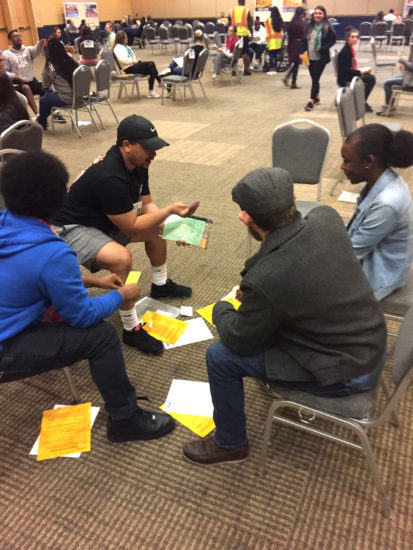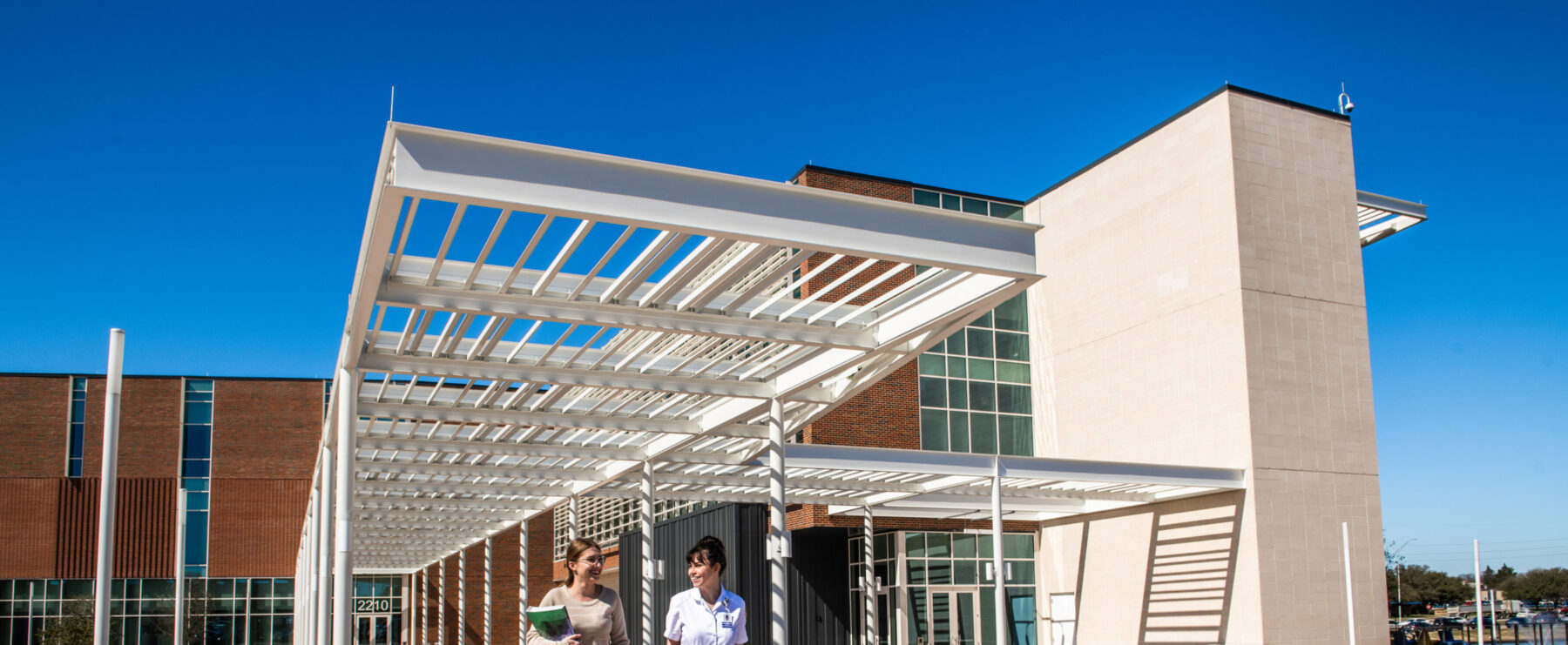
Poverty Simulation Provides Insight for A&M-Commerce Students and Educators
In fall 2018, the Department of Nursing at Texas A&M University-Commerce purchased a poverty simulation developed by the Missouri Association for Community Action, Inc. The simulation is a three to four-hour activity designed to help participants understand daily challenges faced by low-income families.
Dr. Monica Tenhunen, associate professor of nursing, said the simulation—funded through a Pride Grant—is going a long way toward meeting the university's institutional effectiveness goals for nursing, social work and public health students. Additionally, results from the simulation have already contributed to research discussing attitudes and values toward poverty, as well as opportunities for influencing positive change.
“It's designed so that participants can understand what it's like to be poor or living in poverty while still doing all the things they need do, like school, work, grocery shopping and paying bills,” Tenhunen said.
The first implementation of the poverty simulation took place toward the end of February 2019, with nursing students participating as low-income families while social work and public health students played the role of essential support service providers. Results indicated a difference in students' attitudes toward poverty and the poor after the simulation.
“The main purpose of it was just exposing students to another experience that they may not necessarily have experienced otherwise,” Tenhunen said. “It's been shown to affect student attitudes in some ways, making them more aware of what is going on with our low-income populations.”
Students from each department also worked during the simulation to achieve institutional effectiveness goals set by the university.
Nursing students focused on demonstrating sensitivity to clients with diverse personal, sociocultural and environmental characteristics. The simulation also allowed the students to demonstrate activities that promote self-awareness, self-growth, professional role development, ethical accountability and legal responsibility to the practice of nursing.
Students from the social work program concentrated on exhibiting a commitment to strategies that address discrimination, reduce disparities and promote social and economic justice, as well as the ability to build strengths based on mutual engagement with diverse populations. The simulation provided an opportunity to critically analyze practice situations and communicate judgments and reasoning through decision-making processes.
Public health students worked to understand and describe essential health services provided by public health programs to protect and improve the health of the population, as well as to understand and display ethical behaviors, cultural sensitivity, teamwork, professional conduct and communication. The simulation allowed students to analyze the ways social, behavioral, cultural and environmental factors impact the health status of individuals and populations.
Dr. Elizabeth Wachira, assistant professor of health and human performance, said income status is one of many factors contributing to the health of individuals and communities.
“The poverty simulation affords students the opportunity to see how these determinants shape health,” Wachira said. “It helps them understand why collaborations with various multi-sector agencies are necessary to keep communities healthy.”
The Department of Nursing hopes to run the simulation each spring when nursing students are taking community health courses. “We are probably going to have to adapt it in some ways because of the pandemic,” Tenhunen said. “But we are hoping to do it again this coming spring.”
A second simulation event, in partnership with the Office of Intercultural Engagement and Leadership, was held in February of this year with students from various disciplines participating. Results from the second simulation indicated that students needed additional education on poverty and the poor in the United States.
Tenhunen said various departments across the university can make use of the simulation to achieve their own institutional effectiveness goals and improve student outcomes.
More Press Release
View All Press Release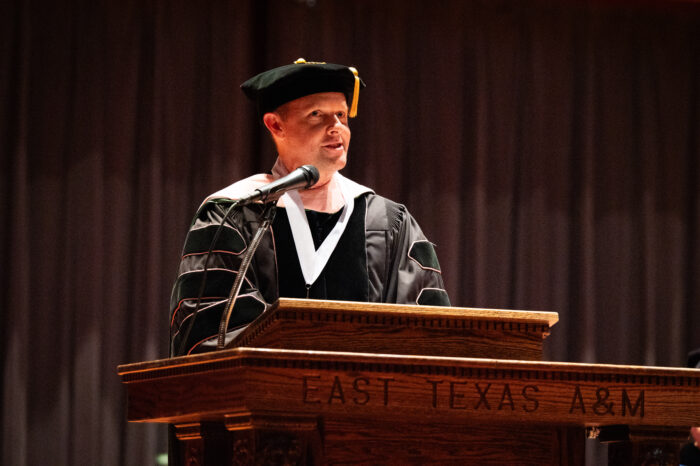
Newest Regents Professor Honored at Annual Convocation
East Texas A&M University Regents Professor of Music Dr. Brian Zator was officially recognized for his outstanding achievement at the university's annual Spring convocation.
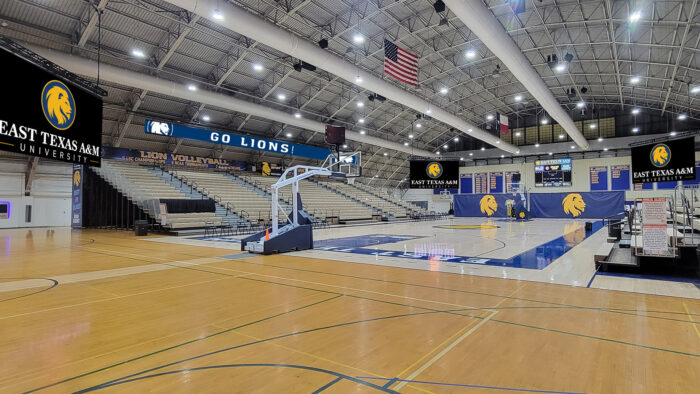
East Texas A&M Installs State-of-the-Art Video Boards in the Field House
East Texas A&M University enhanced the in-venue experience inside the Hunt Regional Healthcare Court in the Field House this spring by installing four videoboards and two ribbon boards.

Fuseini Selected as SLC Men’s Track Athlete of the Week for Third Time in 2025
East Texas A&M University track and field sprinter Ibrahim Fuseini has been named the Southland Conference Men's Track Athlete of the Week.



